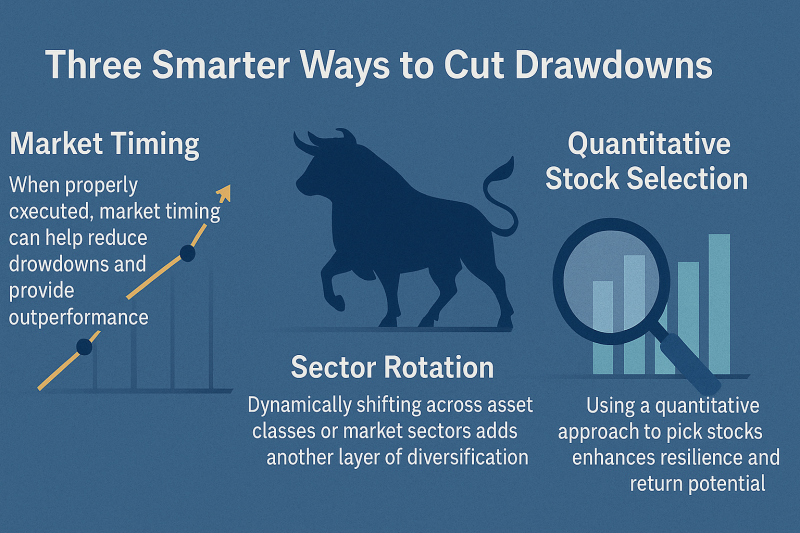Classical Dow Theory hasn’t signaled any secondary reaction yet
Yesterday, both the Transports and the Industrials declined more than 3% of the primary bull market top (8/15 for the Industrials and 9/8 for the Transports). The S&P 500 merely declined -2.88% (off its 08/15 top). Here you have a table with the calculations:
Under Schannep’s Dow Theory the extent and time requirement have been met.
The Transports declined (yesterday) for 3 trading days. The Industrials and the S&P 500 for 21 days. Thus, at least two indices have declined more than 10 full calendar days on 2 of the 3 indices, and the average decline time of the three indices clearly exceeds 8 trading days.
On the other hand, no secondary reaction has been signaled by the “Rhea/classical” Dow Theory. Since the “classical” Dow Theory just uses the Industrials and Transports (and requires three weeks of declines), the Transports have not fulfilled the time requirement.
Here you have an updated chart:
 |
| Orange rectangles on the right side of the chart display the ongoing secondary reaction |
Until we get a +3% on at least one index, we cannot declare that the lows of the secondary reaction have been made. So now we have to sit and wait.
GOLD AND SILVER
The secondary trend is bearish (secondary reaction against the primary bull market), as explained here.
GOLD AND SILVER MINERS ETFs
The secondary trend is bearish (secondary reaction against the primary bull market), as explained here.
Sincerely,
The Dow Theorist




